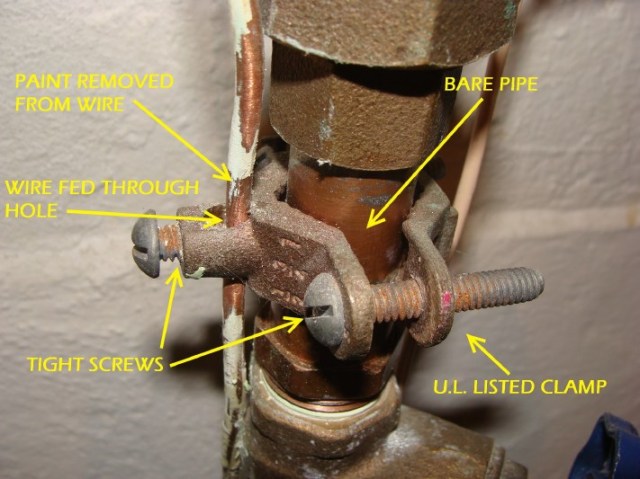This is the second of a three-part series of my investigation EMF in my house.
Part 1 EMF – What About It?
Part 3 EMF – Remediation
There are many sources of information about electromagnetic fields (EMF) and the potential implications of them. It can be confusing and seem contradictory even. Here are two opinions. The first indicating that there does not seem to be much cause for alarm. The second opinion is of a more alarmist tone. This is what Health Canada has to say about the matter. Whether being very concerned about this issue or merely taking a cautious precautionary approach, a home or building owner needs to have an EMF survey done to determine the magnetic levels. It is odourless, soundless, and colourless.
Essentially the survey involves taking a series of magnetic field measurements around the property with a magnetometer or as it is often called — a gauss meter. Figure 1 shows the gauss meter that I use. It takes readings with the unit of measurement being the milligauss (mG). You will at times see magnetic readings in microteslas (µT) which is the metric equivalent of the milligauss. The conversion is 1 µT (microtesla) = 10 mG (milligauss).
Side note, I’m one of those people that does some of my technical thinking within the imperial measurement system and some in the metric (SI) system. I find that many, but not all, of the metric units are easier to work with. In this case gauss seems simpler to deal with. Also the meter I bought is measured in milligauss. But I digress.
Anyway, the basic electromagnetic survey involves taking exterior magnetic measurements at say the four corners of the building and possibly some in between points. This gives a background reading that forms the baseline for further interior readings. Interior readings can be done on a grid basis or possibly just at key points of the structure. Depends on the level of granularity that you desire.
I opted to take readings at a widely spaced grid and at key locations such as the electrical service entrance and panel. When doing a survey it is important to note that there will be magnetic fields near anything that is electrically powered. The survey readings need to take this fact into account. So valid readings are generally taken at least four feet from lights, appliances, electrical panels and the like. Figure 1 shows typical household EMF levels near appliances. Away from any appliances, the magnetic levels should not be more than 1 or 2 mG.
So I conducted the EMF survey of my house. The first measurements I took were on the exterior of the house at the street. I then moved in closer and took measurements around the outside of the house at approximately four feet from the ground. At this point what stated to become clear to me was that there was a higher EMF level as I got closer to the house. It was like my house was glowing with magnetism.
On into the house for further readings. As expected the levels were higher around the electrical panel and a sub-panel that is located about 30 feet from the main panel. I did expect to have higher levels at the electrical equipment, however they were higher than what is considered normal. Generally the levels were also higher than normal in other areas not near electrical fixtures or appliances.
The levels were very high in an area not near any electrical equipment. This had me puzzled. Literally off the meter high — my meter goes to 100 mG and these readings were way above that. The thing was they were not near any features that you would expect to have higher readings. As I investigated further, it became clear to me that the readings were high near and all along the copper plumbing pipe from the city to the house and all throughout the metallic plumbing piping inside the house. Shouldn’t be any electric or magnetic fields near a water pipe right? Well that’s true except that the municipal water pipe is where the majority of house electrical systems are grounded to. Figure 2 depicts a typical ground clamp on a water pipe.
It turns out that the high EMF fields inside my house is an unintended consequence of this method of system grounding. I am starting to find out that many other houses have the same scenario. Since municipal water pipes are ultimately all connected together, it means that individual homes and other buildings grounding systems are all bonded together as well. All it takes is for there to be an unbalanced electrical load somewhere in your local distribution area to create a condition known as net current. This can telegraph itself all the way into your own houses’ electric system through the ground . This type of condition generally results in high electromagnetic fields. A good explanation of the phenomena is here. This is what I was dealing with in my own house. I also had other conditions inside the house which were causing high magnetic fields as well.
See the next post in the series, Part 3 EMF – Remediation to see what I did about it.
See the previous post in this series, Part 1 EMF- What About it? to see how I got here.



Recent Comments